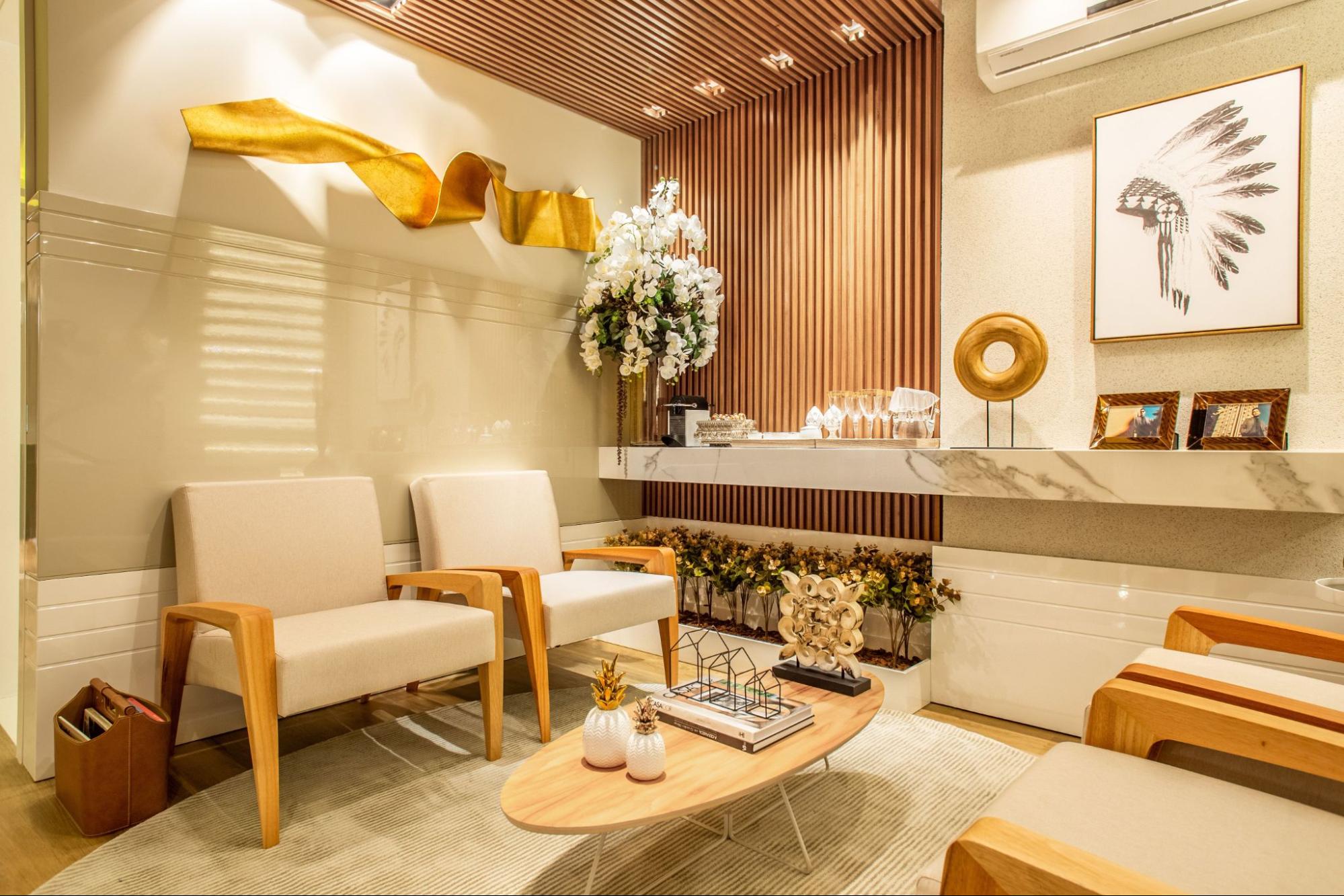
Creating and designing a home with the right ambience is not always an easy process. You have to invest time, planning, and resources, while also making sure your money is going to the correct products that can bring your vision to life. Truthfully, the results of this process depend on how much attention you pay to the details. Particularly, important aspects like light color temperatures and lampshades that allow you to set the mood in each room in your house, exactly as you envisioned it.
So, whether you’re a beginner or an experienced home decorator, we’ve got you covered! Keep reading for an easy-to-follow guide on lighting color temperatures to set just the right energy in your home.
Color Temperatures: What are They?
First, let’s get the basics out of the way. The color temperature of a bulb—measured in Kelvin—describes how the light will appear to the naked eye. Is it warm white? The light will cast orange and yellow tones. Cool white? The light will have neutral tones. Or perhaps daylight white? The light will give off slightly blue tones.
Bulb color temperatures are typically measured on a scale of 1000K to 10,000K. For residential lighting, the Kelvin temperatures fall somewhere between 2,000K to 6,500K, which allow us to visualize how warm or cool the white light will be.
Lighting Color Temperature: Ranges
Range #01: 2700K - 3500K
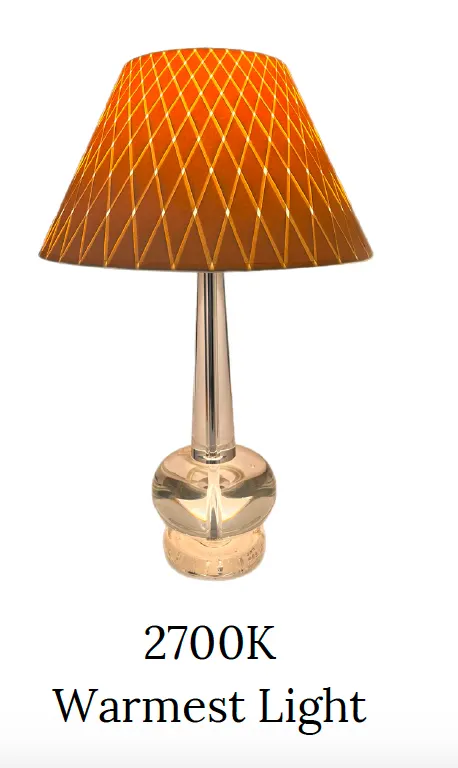
Credit: Lux Lamp Shades
With its distinct brownish tint, this range of color temperature tends to create a calm (and cozy) atmosphere. So, if you’re after a comfortable space, this range is the right pick. It is often used in table/floor lamps and pendants or chandeliers installed in rooms devoted to rejuvenating (like the living room and bedroom). The subtle red and yellow hues from these bulbs are flattering against the skin and clothing. This also explains why they’re so popular in rooms meant for socializing.
Range #02: 3500K - 4500K
Being a cooler color temperature that casts bright (and neutral) white light, the spectrum of 3500K to 4500K is for accurate reproduction of lighting. This means it is suitable for task lighting in bedrooms and kitchens, as well as bathrooms. With this color temperature range, we’d recommend using 3500K in bedrooms to highlight subtle earthy decor. Atmospheres, like a home office, can benefit from the higher range of this color temperature, around 4500K, as it offers a bright and more alert atmosphere, great for a productive environment.
Range #03: 4500K - 6500K
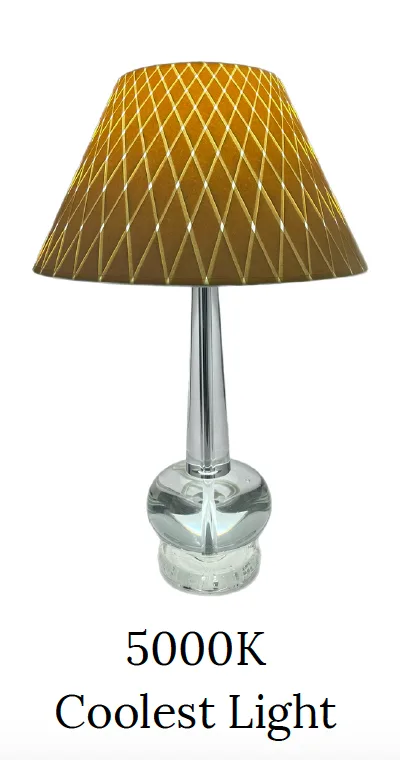
Credit: Lux Lamp Shades
The cool daylight shade of bulbs ranging between 5000K to 6500K are suitable for areas like garages and security lighting. Sometimes, they’re also used in study nooks. Thanks to their clarity, such bulbs create a bright and crisp atmosphere. This enhances visibility and improves alertness. Also, they can help introduce an air of excitement that can liven up an otherwise dull space.
Lighting Color Temperatures for Different Environments
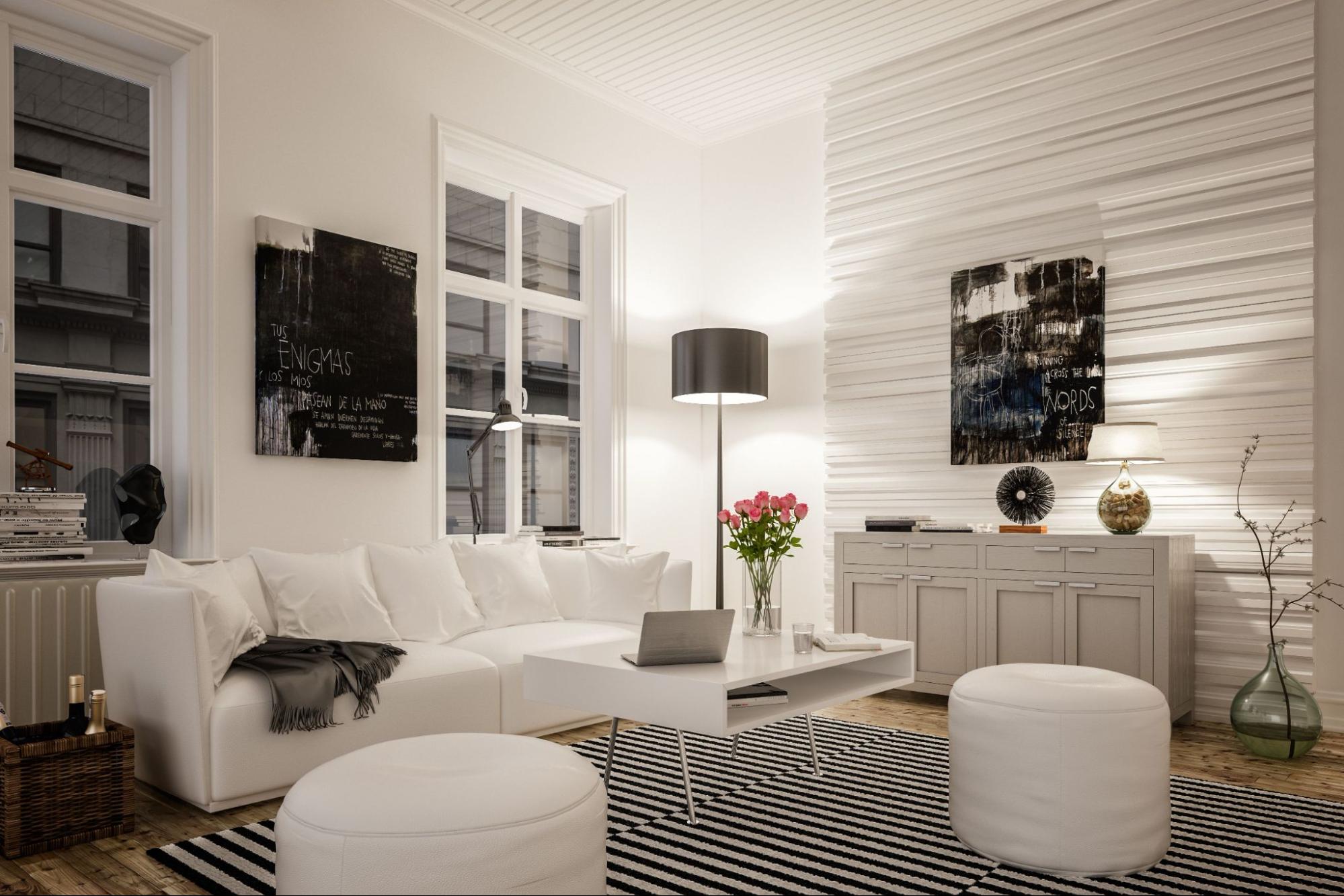
With the different light color temperatures, it might get overwhelming to decide which temperature is best for which environment—our simple list below will make it easier…
|
Color Temperature |
Where to Use |
|
2700K - 3500K |
|
|
3500K - 4500K |
|
|
4500K - 6500K |
|
Exploring the Impact of Lampshades on Color Temperatures
|
Influencing Factor |
Type |
Impact |
Product choice |
|
Texture |
Frosted/Opaque |
Softens the light and makes it appear warmer. |
|
|
Opaque |
Allows a truer representation of the bulb’s color temperature. |
||
|
Hue |
Tinted Color |
Imparts a warmer tone to the bulb light. |
|
|
Cooler Color |
Minimizes the impact on the perceived color temperature. |
||
|
Reflection |
Reflective surface |
Amplify the intensity of the light bulb. |
|
|
Absorbent surface |
Dim and alter the expected warmth or coolness. |
||
|
Shade Placement |
Close to bulb |
Creates more focused and intense light. |
|
|
Farther from bulb |
Gives off softer and diffused light. |
Creating The Desired Lighting Effects (with Different Color Temperatures)
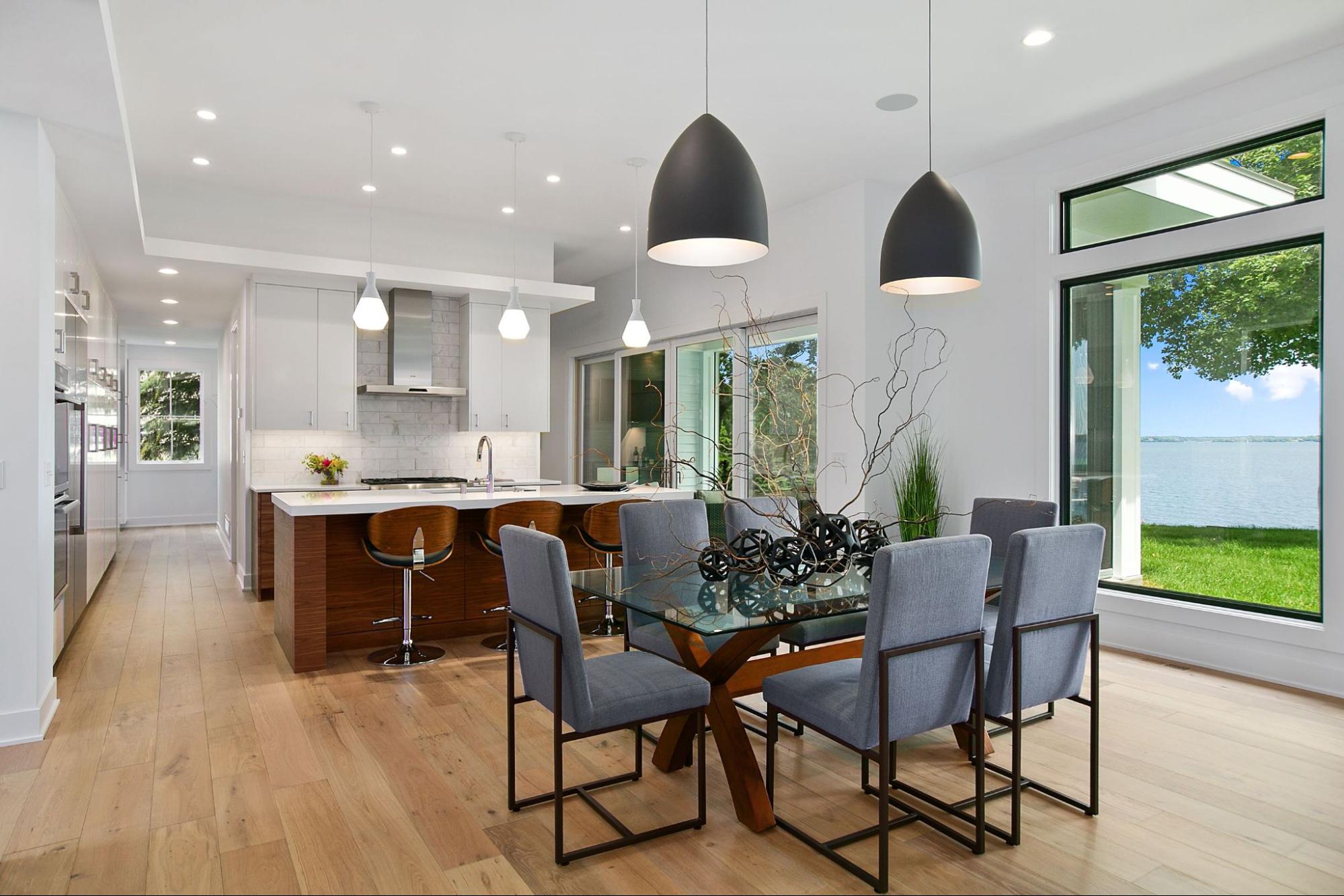
Just like there is no one design preference, there is no one-for-all lighting color temperature. However, as a rule of thumb, we recommend the following to help enhance the decor of your interior:
- Incorporating various color temperatures throughout your home to enhance the ambiences of different rooms
- Choosing dimmable LED options
- Considering the importance of high CRI lighting (where color accuracy matters)
Such tips allow the lighting scheme to be more flexible for various settings and environments. This enables you to amp up or tone down the lighting whenever you want.

Credit: Lux Lampshades
A well-curated color temperature can add the finishing touch to your design project, while the wrong choice can often make it fall flat. It pays off to do the research about how to make your vision come to life beforehand! And if you need help, we’re just a message away !


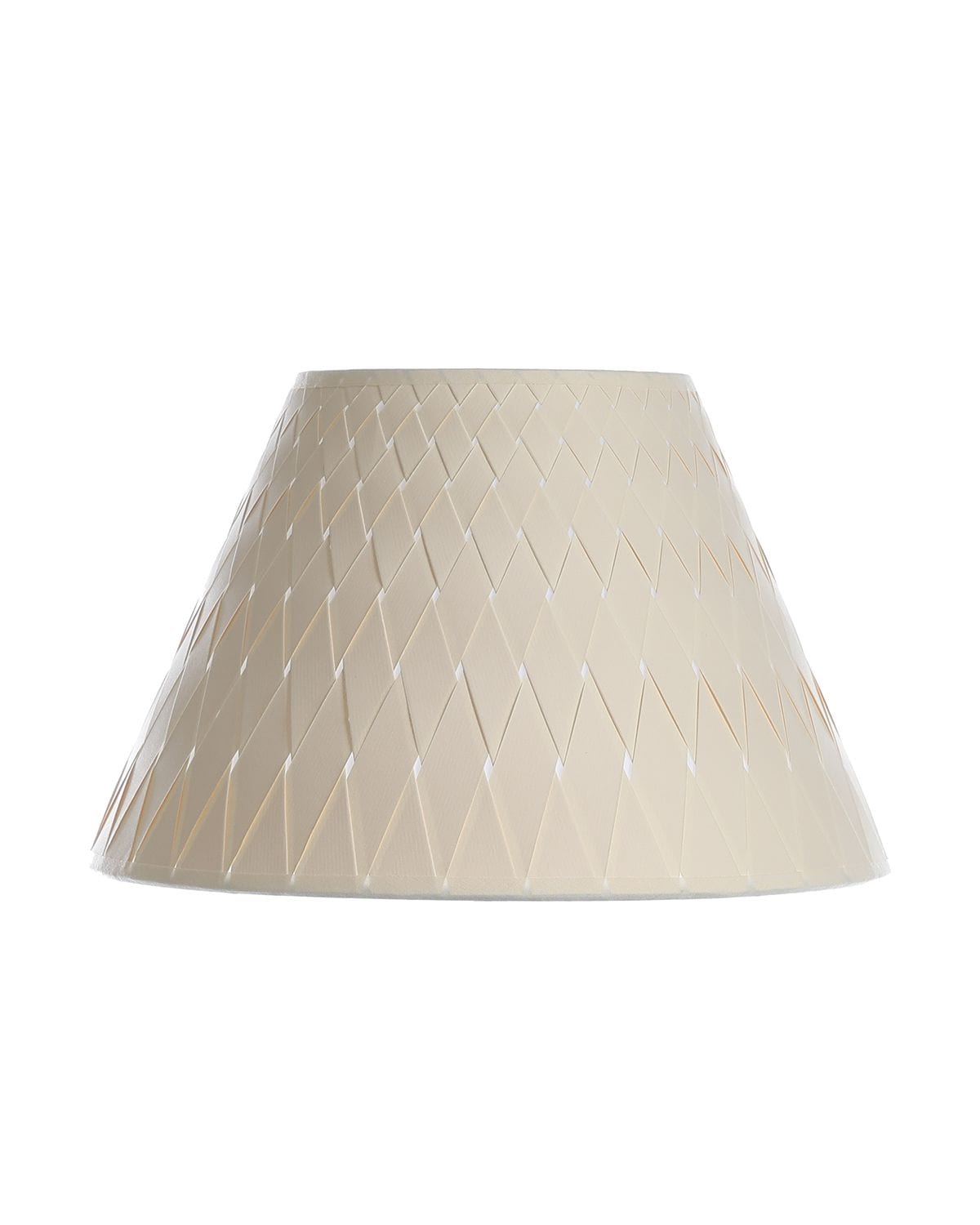
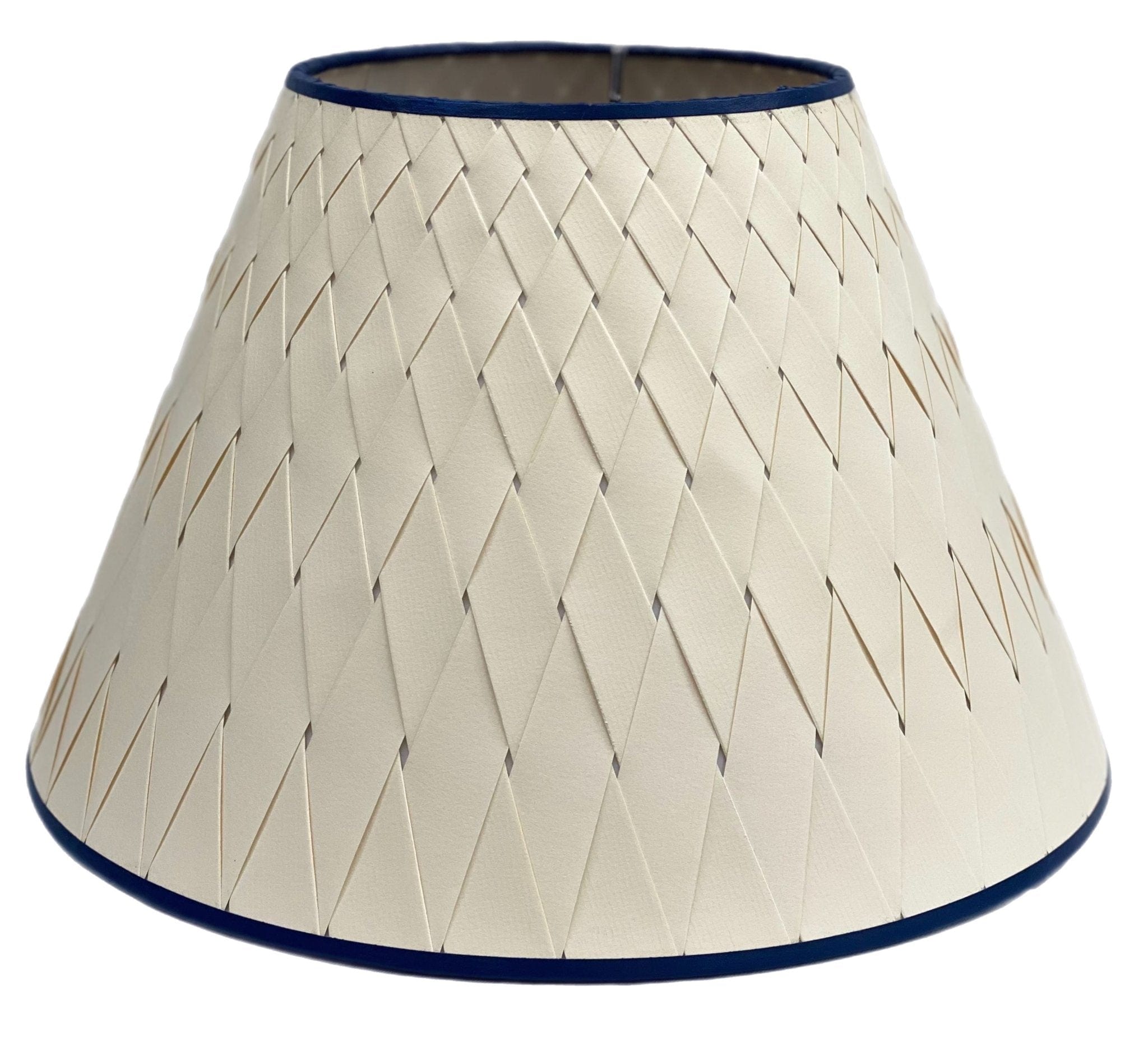
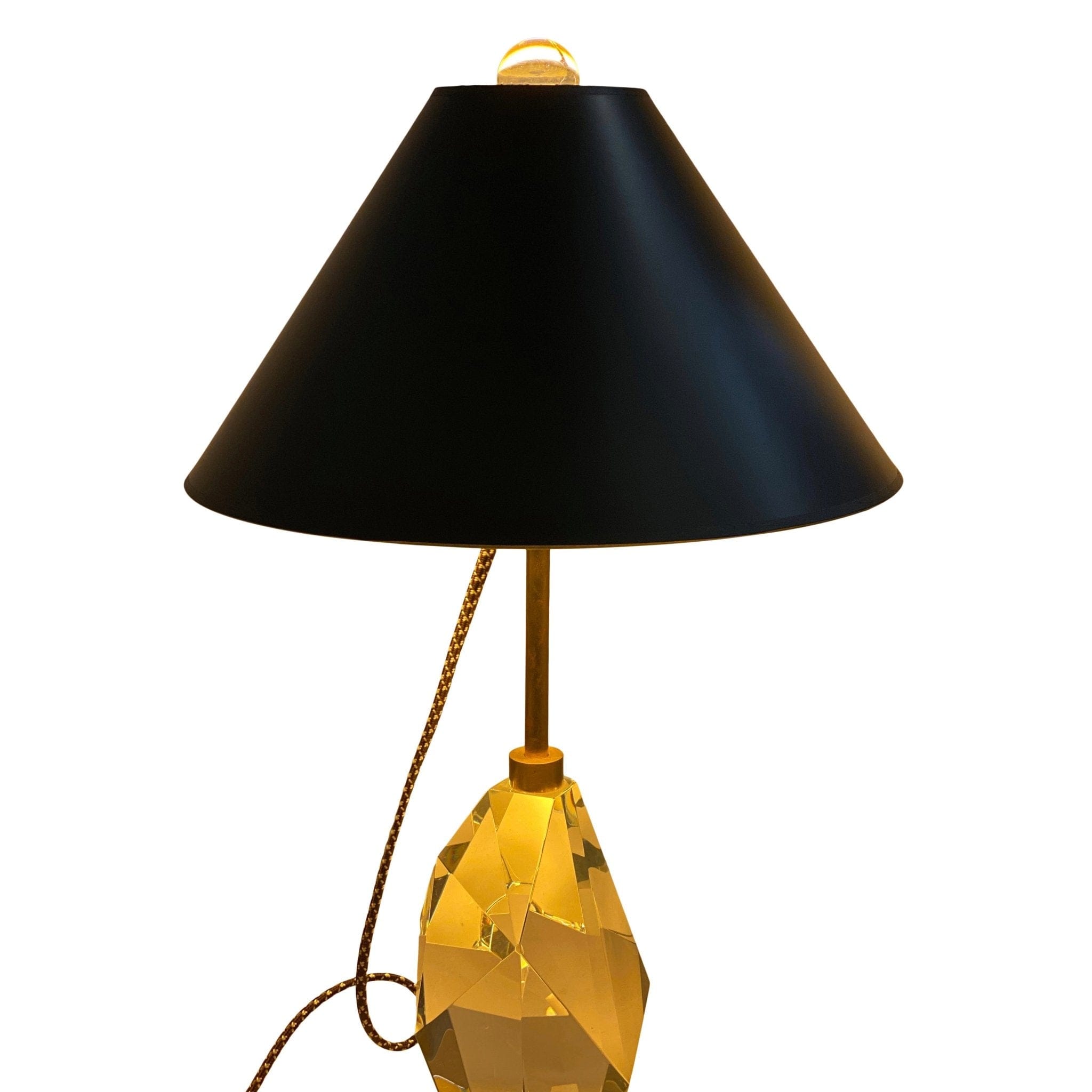
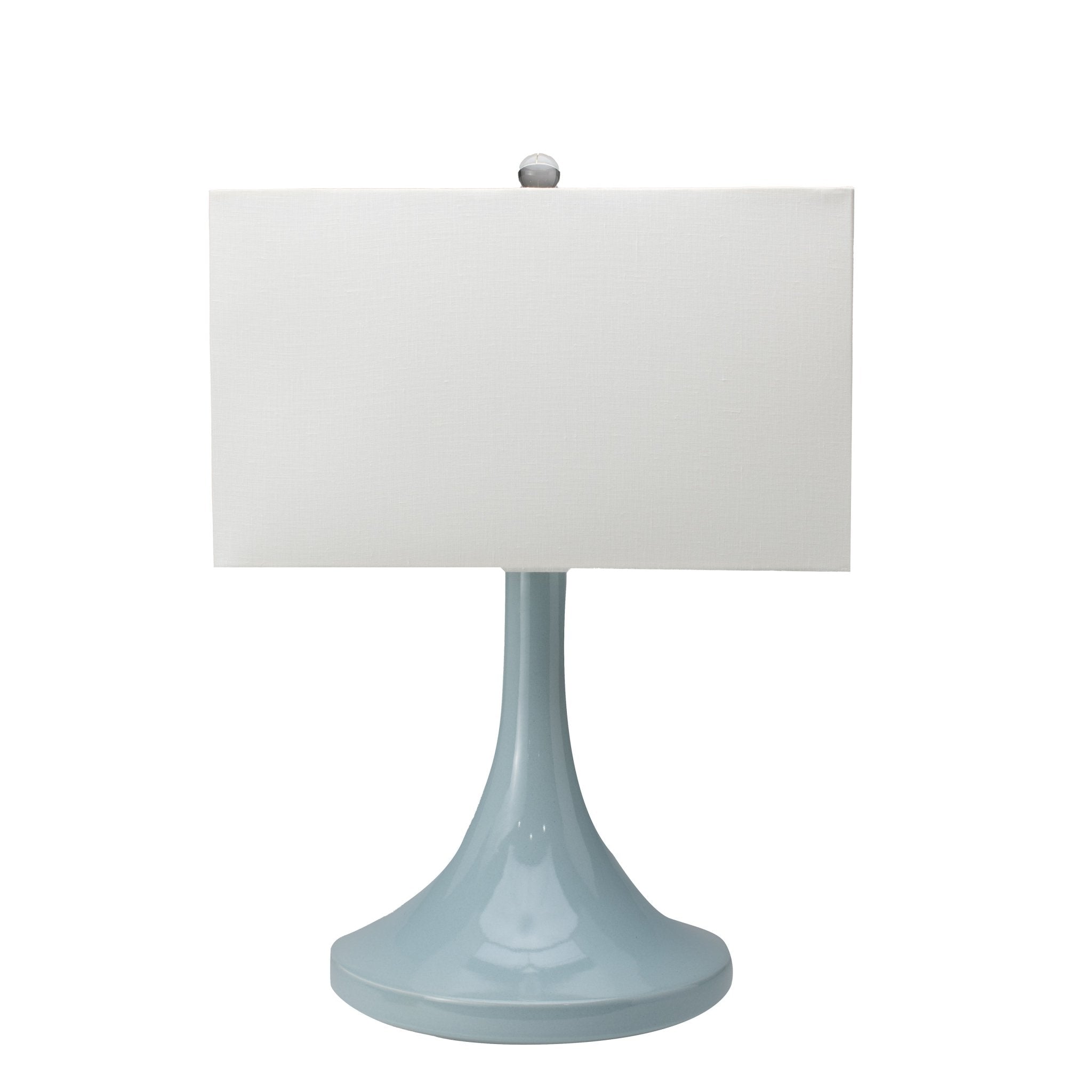

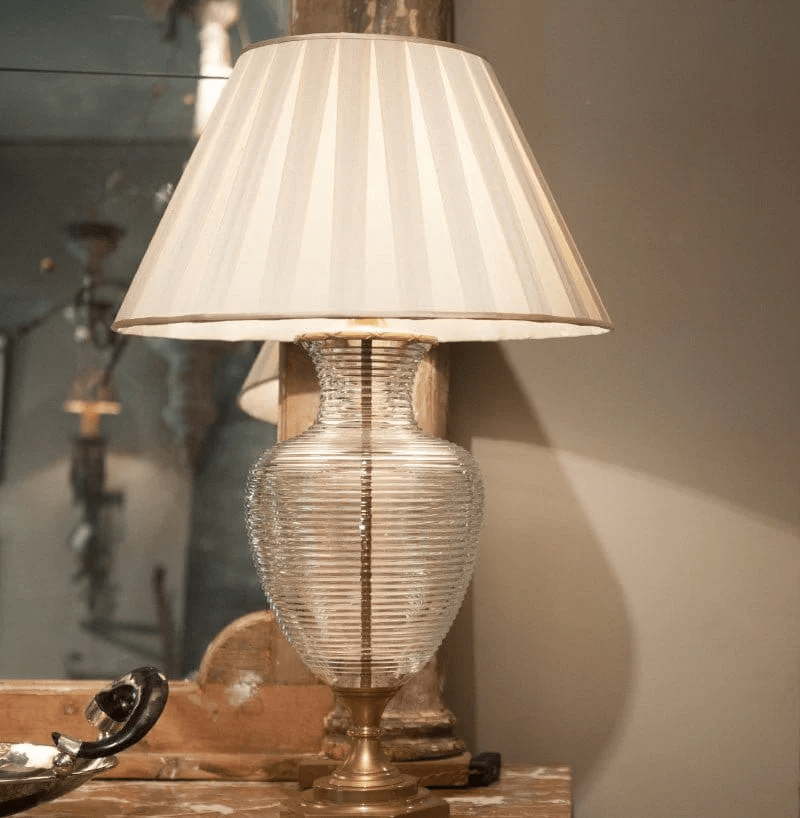
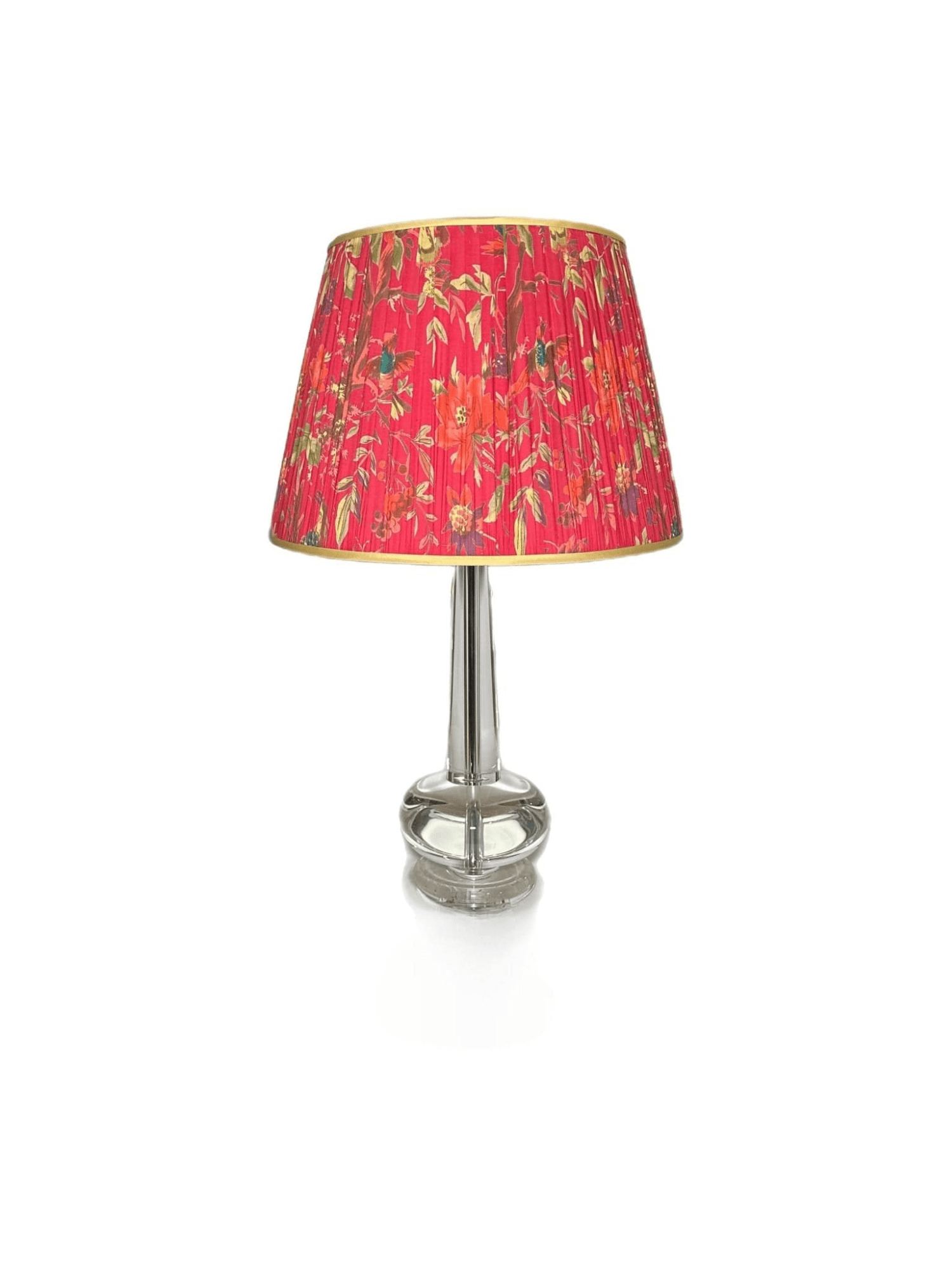
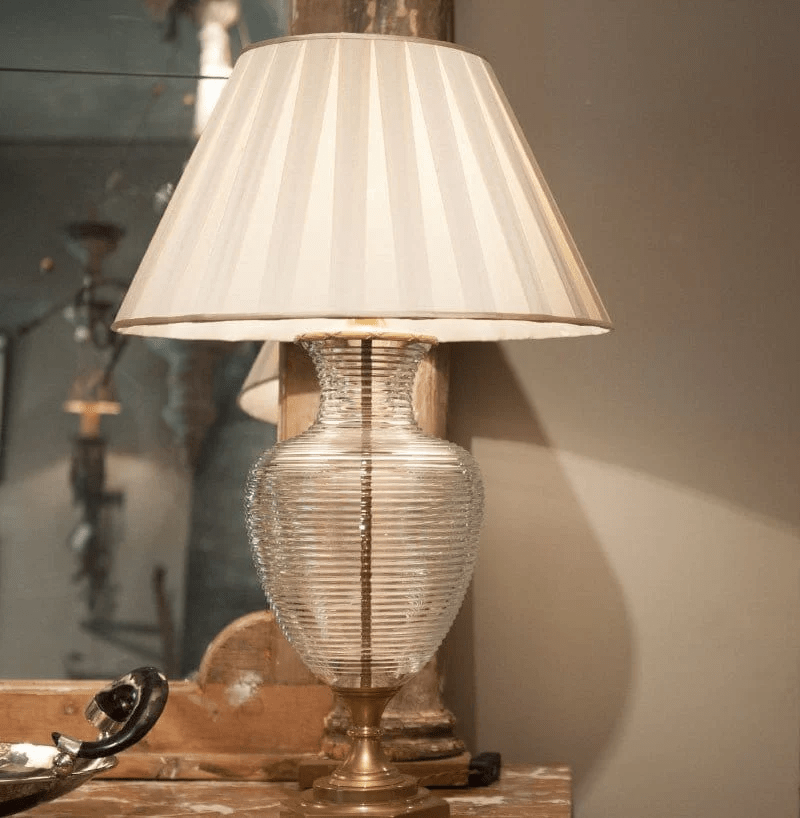
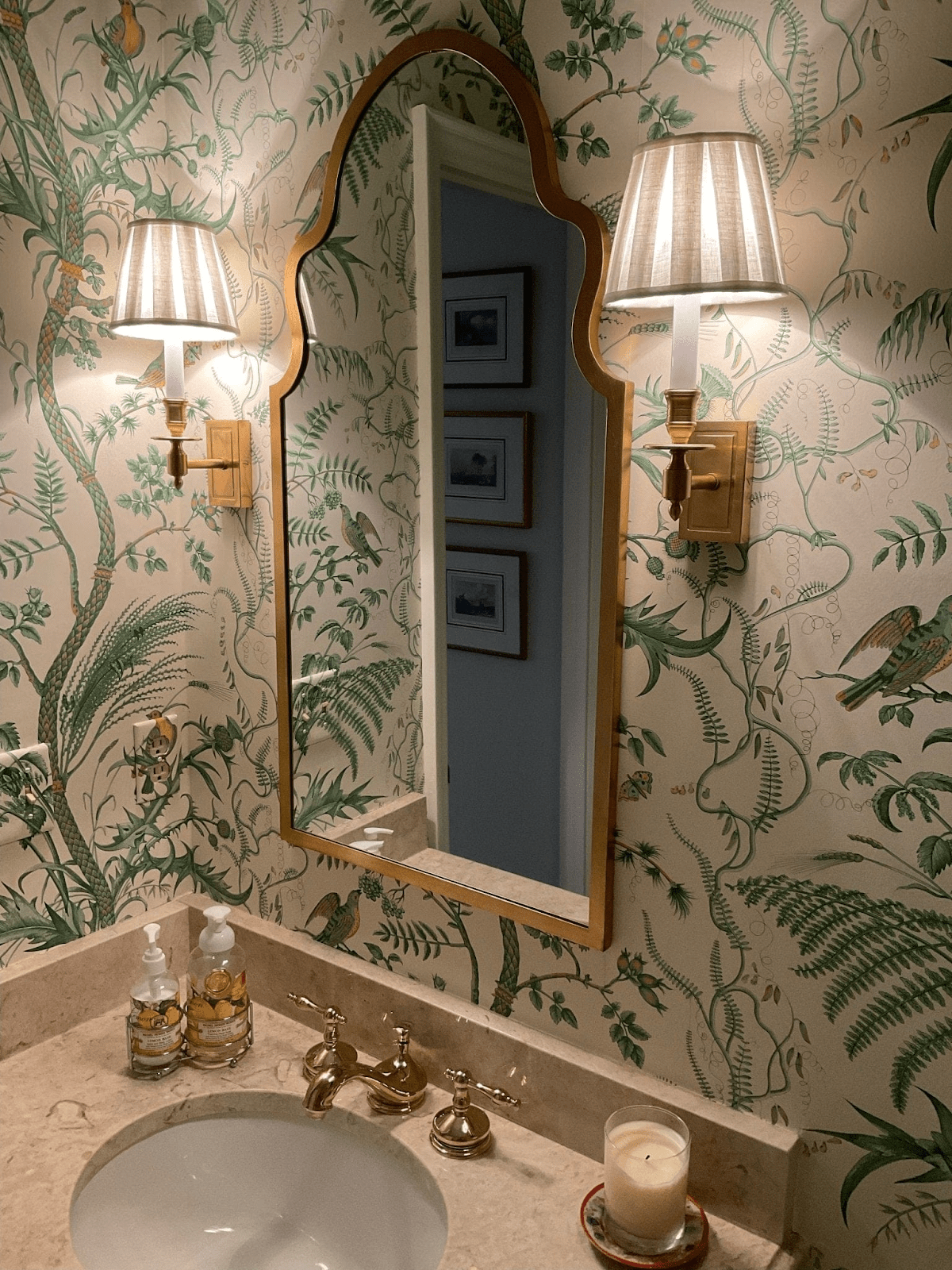
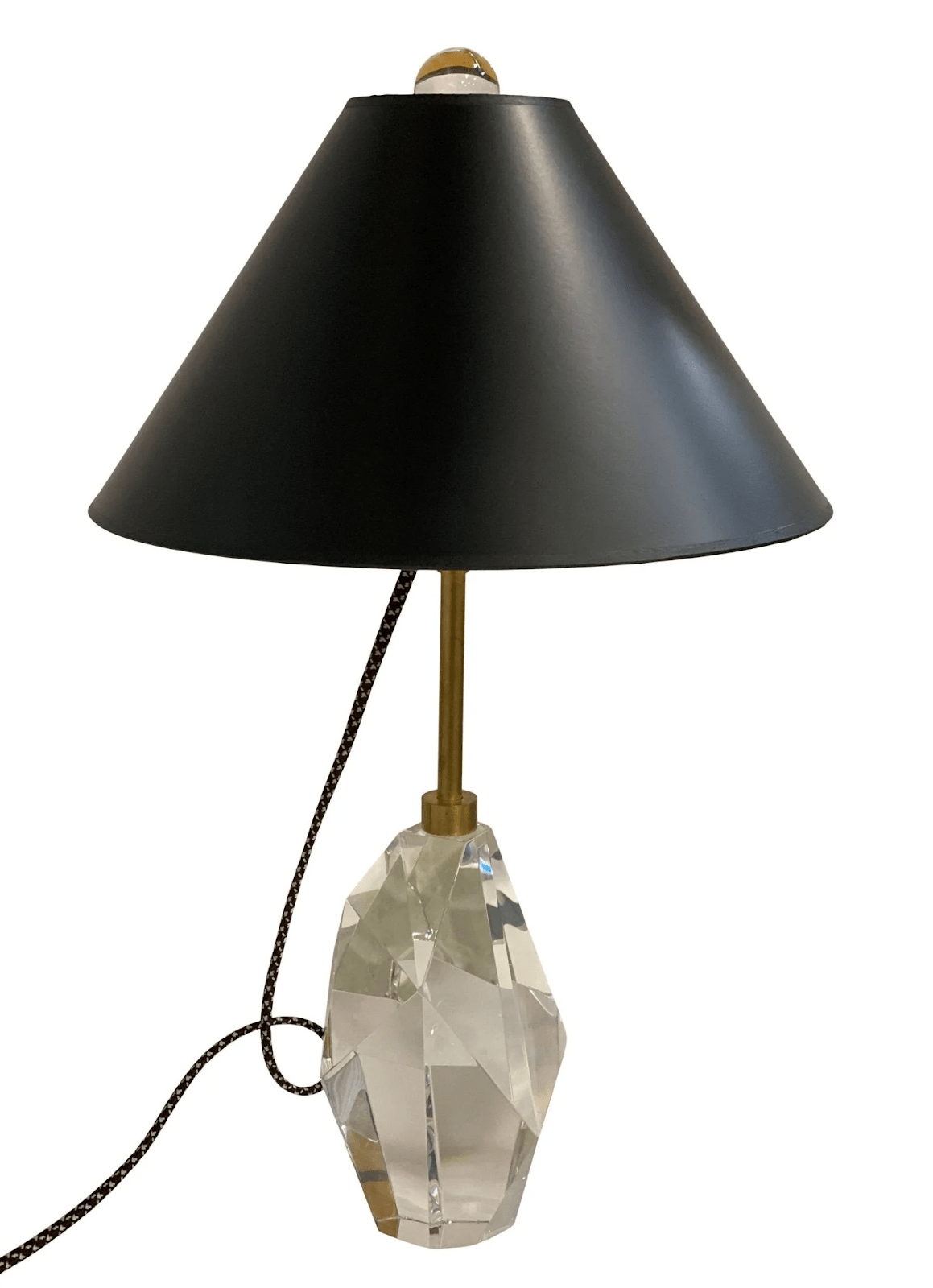

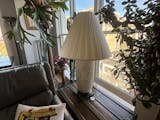

Leave a Comment
Your email address will not be published. Required fields are marked *